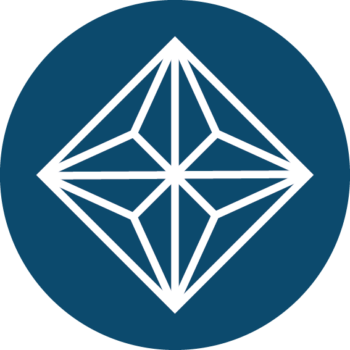
Hardness
The resistance of materials against local plastic deformation, or against the penetration of foreign bodies

Wear resistance
The resistance of the material to unwanted deformation and losses to the material surface from mechanical, thermal, chemical, etc. stress. Along with the “relative” hardness, this is one of the greatest benefits of PVD coatings.

Wettability
The ability of the selected liquid in wetting a specific surface. With the help of layers, the wettability of surfaces can be modified to the required extent.

Biocompatibility
A key requirement for instruments and components intended for direct contact with living tissue, titanium nitride being the standard choice.

High specific surface area
A co-defining quality in the efficiency of sorption processes, the chemical reactivity of solid substances and some catalytic processes. The PVD process allows the layers to be structured to provide a high specific surface area.

Diffusion properties
Diffusion is a mechanism of mass transfer in solids caused by the thermal motion of atoms. Very compact and defect-free PVD layers can serve as diffusion barriers that prevent the penetration of unwanted substances into the volume of the substrate.

Internal tension
Internal (residual) stresses are mechanical stresses present in the material even without an external load. PVD layers are characterised by compressive stresses of around 2 GPa, which can increase the strength of the material and its resistance to fatigue under cyclic loading.
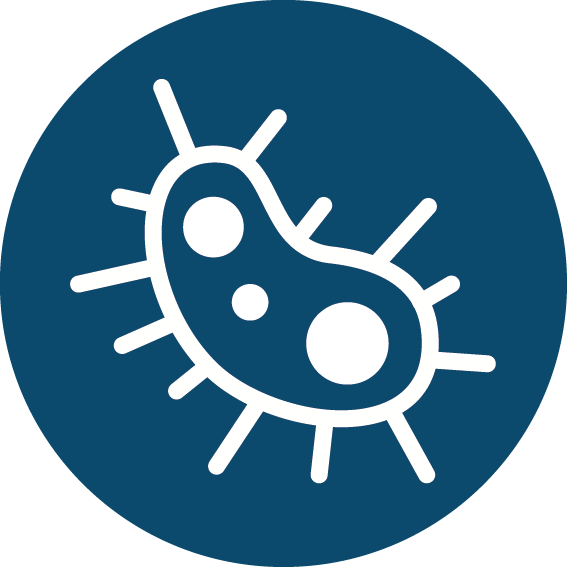
Bacterial inhibition
The term bacterial inhibition refers to the surface’s ability to actively suppress the incidence and colonisation of microbial organisms. Specialised layers containing silver or copper can be used for inhibition.
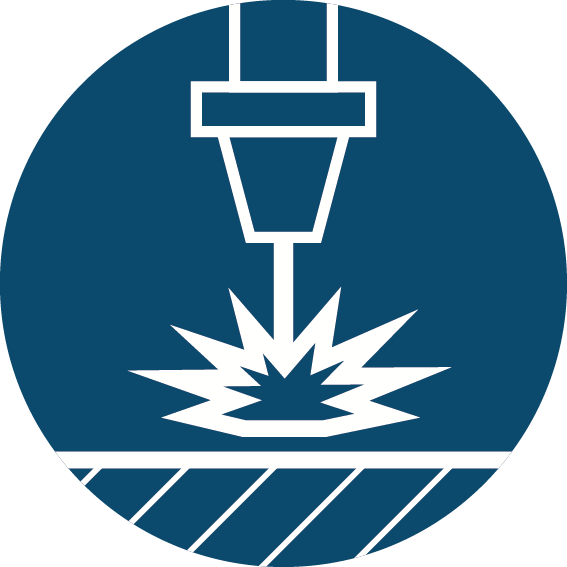
Optical properties
The optical properties of the surface which are most often influenced by layers are transmittance, absorbance and reflectance. In addition to the mostly nanometer specialised layers for optical components, there are also a complete range of micrometre options which can bring, for example, a unique combination of high absorption and extreme heat resistance.
Mezi optické vlastnosti povrchu, které jsou nejčastěji ovlivňovány pomocí vrstev patří transmitance, absorbance /pohltivost a reflektance. Vedle většinou nanometrových specializovaných vrstev pro optické komponenty existuje celá mikrometrových možností spojených například s jedinečnou kombinací velké pohltivosti a extrémní tepelné odolnosti.

Friction
Frictional properties describe the behaviour of the surface of a given material during relative mutual movement in contact with another solid surface. PVD layers can significantly change the properties of the original friction pairing. Optimised variants even function as high-temperature lubricants for temperatures around 600°C.

Decorative properties
The colours of functional PVD layers in their typical shades of grey are fairly indistinct. However, there is a wide variety of attractive colour shades that are produced by interference or diffraction.

Resistance to corrosion
A degradation process whereby the material breaks down due to a chemical or electro-chemical reaction with the surrounding environment. Metallic and ceramic layers provide very interesting alternatives to standard technologies.
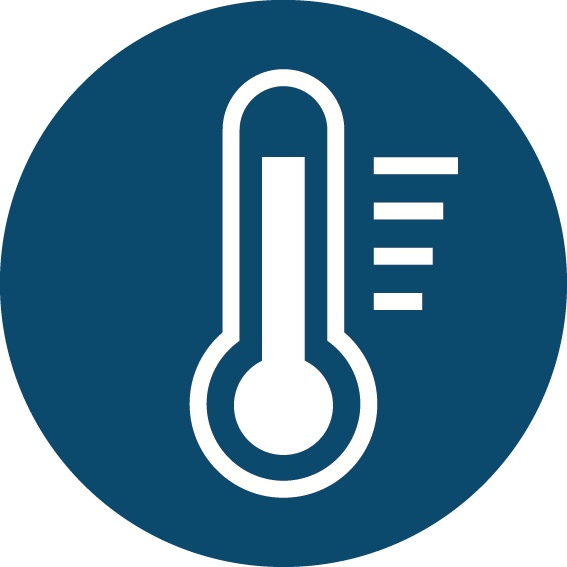
Temperature stability
The temperature stability of materials can be divided into structural and chemical parts. PVD layers in both of these areas, depending on their composition, withstand temperatures of 300°C to more than 1000°C.
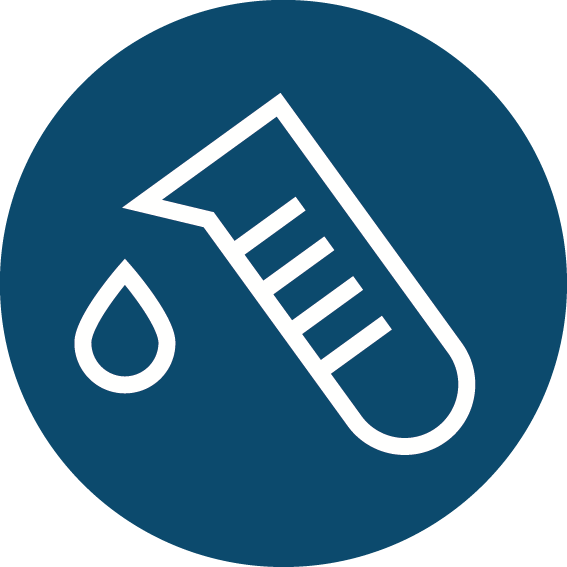
Chemical inertness
The ability of PVD layers to resist chemical reactions with surrounding substances or the environment. This property ensures that the layers remain stable and do not react with chemicals, corrosive environments or other aggressive substances, which extends their lifespan and increases the protection of the underlying material.

Electrical resistivity
PVD layers can act as excellent electrical insulators. In some applications they are an alternative to conventional solutions which use insulating ceramics and sprays, and in others they are the only viable solution.
